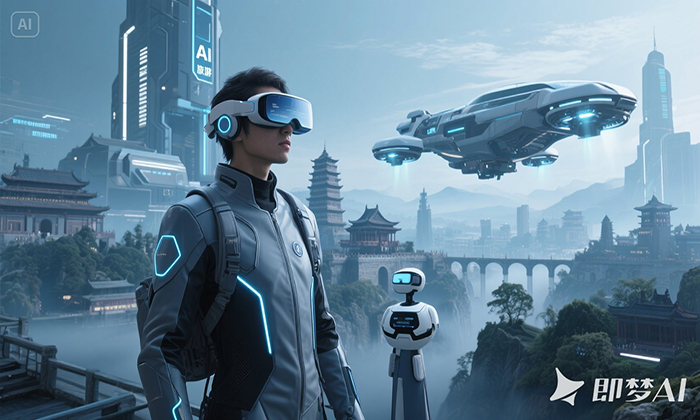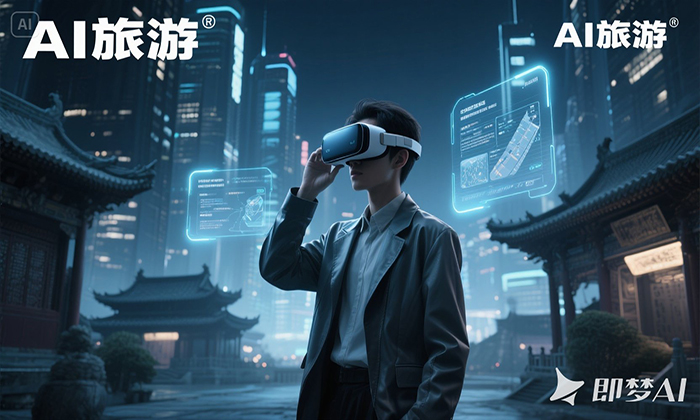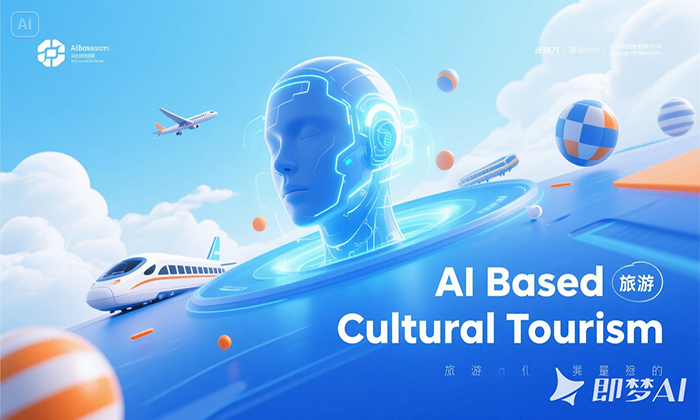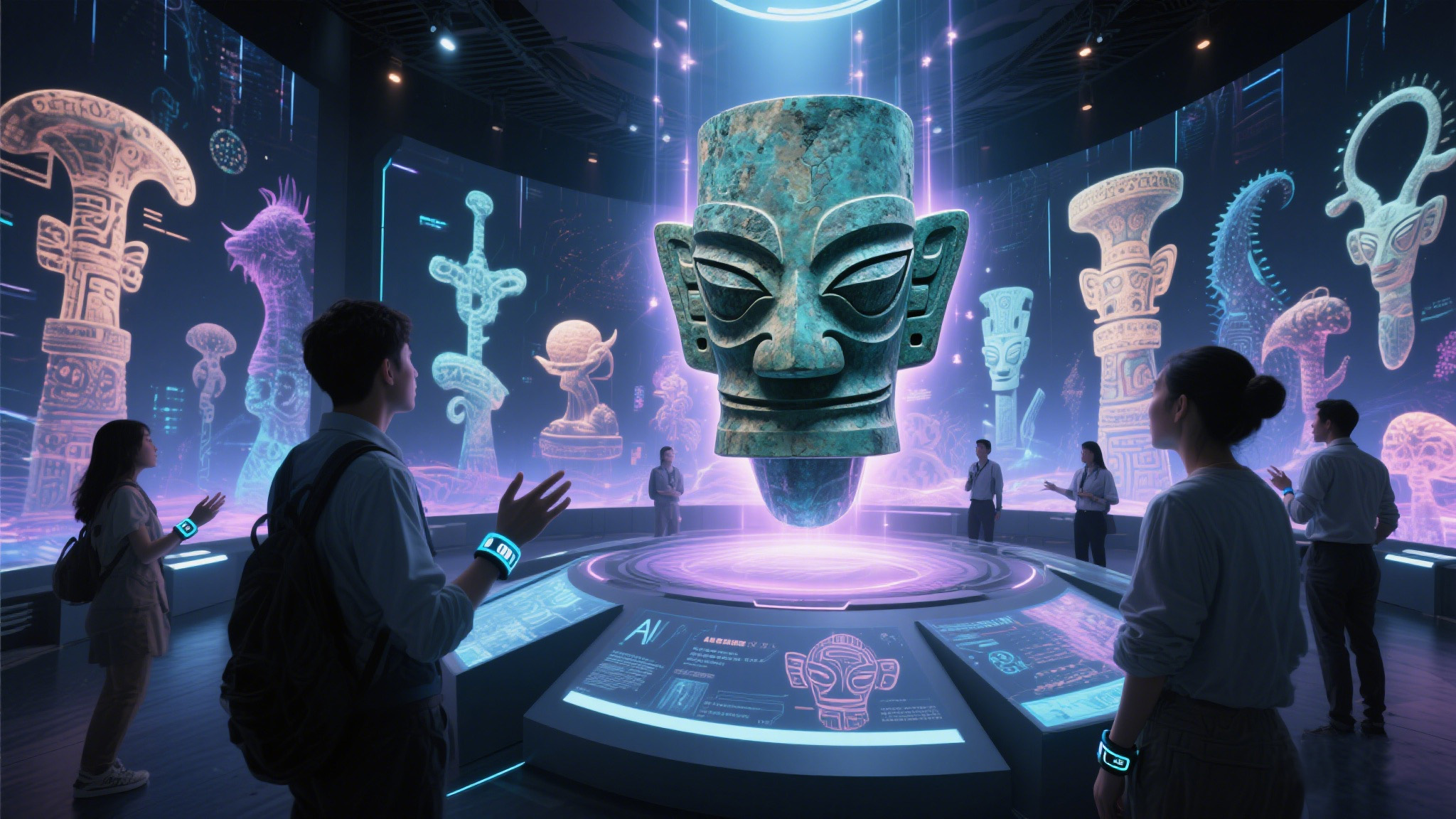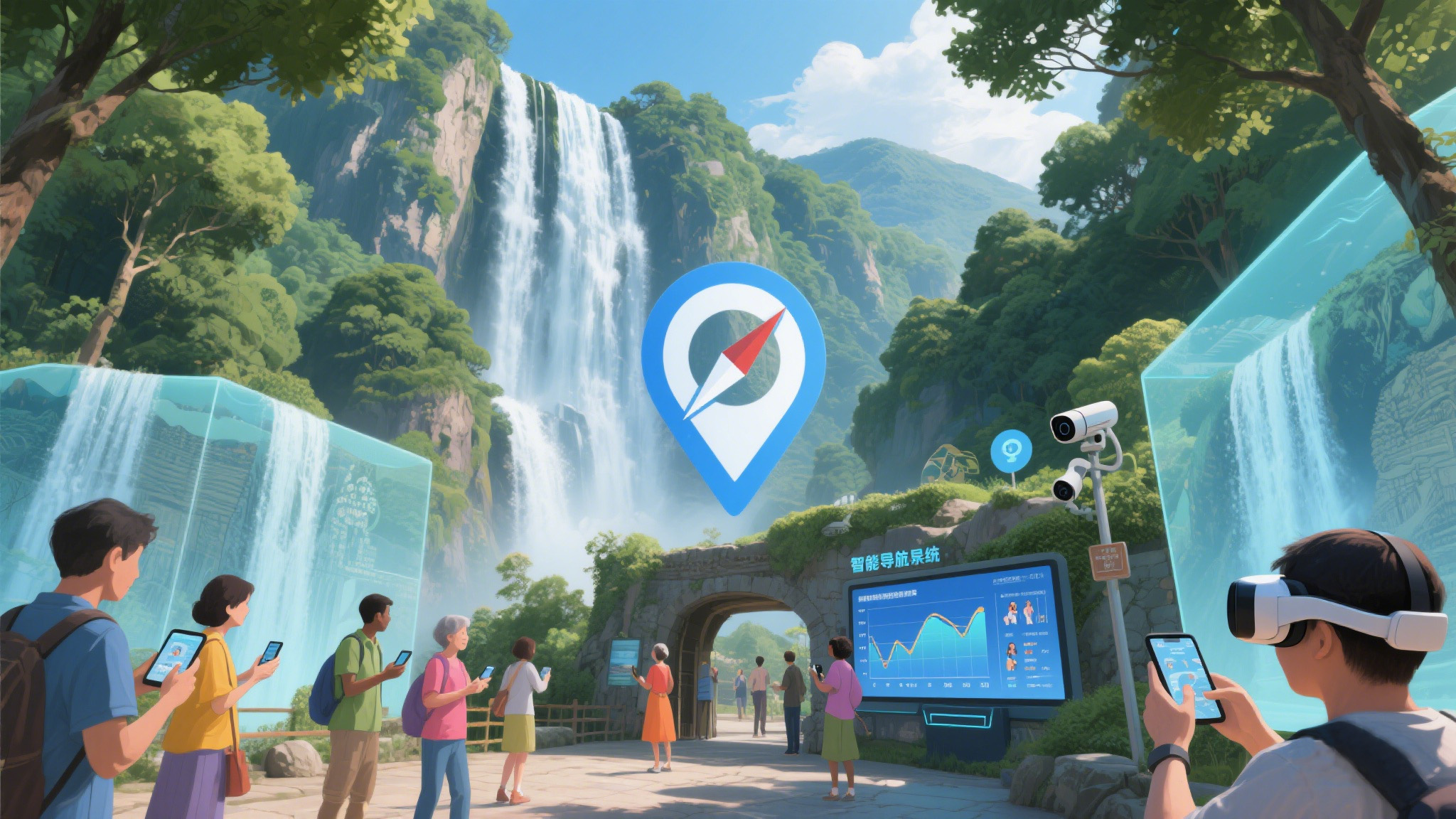The AI Transformation of Traditional Cultural Tourism: Trends Reshaping Global Travel Ecosystems
1. Operational Intelligence: From Labor-Intensive to AI-Optimized Workflows
Core Shift: AI automates routine tasks, freeing human capital for high-value creative roles.
-
Case Study: China’s Xiangmengyou Travel reduced manual labor by 66% using AI trip planners and chatbots, while boosting efficiency by 300% without layoffs. Travel advisors transitioned into AI trainers, infusing industry expertise into algorithms1.
-
Real-Time Optimization: Tools like Huangshan’s AI Smart Body adjust routes based on weather, crowd density, and visitor fatigue, increasing satisfaction by 28%5.
-
Global Impact: UNESCO estimates AI could save the global tourism sector $30 billion annually in operational costs by 2030.
2. Immersive Experience Engineering: Beyond "Seeing" to "Living" Culture
Core Shift: AI-powered Extended Reality (XR) transforms passive observation into participatory storytelling.
-
Sensory Depth:
-
Qingdao’s waterless oceanarium uses VR headsets and motion-sensitive floors to simulate deep-sea exploration, with AI-generated Shan Hai Jing-inspired creatures responding to touch. Attendance surged by 200% during holidays6.
-
Zhangbi Ancient Fortress (Shanxi) employs Location-Based Mixed Reality (LBMR), allowing visitors to "rebuild" historical fortifications via AR overlays. This "digital time travel" increased off-season revenue by 42%3.
-
-
Reviving Lost Worlds: AI reconstructions of Egypt’s pyramids (via HTC VR) and Paris’ Notre Dame attracted 500,000+ virtual visitors, proving digital access expands physical reach23.
3. Hyper-Personalization: The End of One-Size-Fits-All Tourism
Core Shift: AI algorithms curate bespoke journeys by analyzing behavioral data.
-
Dynamic Customization:
-
TripGenie (Ctrip) and VtripGPT design itineraries based on traveler personas (e.g., "family-friendly archaeology" or "slow-food trails"), reducing planning time by 75%58.
-
Predictive Analytics: WeChat Pay data forecasts emerging destinations (e.g., Dongguan’s art districts), enabling hotels to adjust pricing 30 days ahead—boosting occupancy by 27%8.
-
-
Inclusive Design: Google’s Project Euphonia assists non-verbal tourists with 89% accuracy, while multilingual AI avatars (e.g., Wanxing Bobo) serve 52 languages45.
4. New Revenue Architectures: "Fly-in" Models and Digital IP Monetization
Core Shift: AI decouples revenue from physical location through digital twins and virtual exports.
-
Fly-in Revenue: Zhangbi Fortress’ LBMR platform licenses its digital twin to global museums, generating income beyond onsite visits. This model increased profit margins by 35%3.
-
Generative IP: AI-created characters like Qingdao’s Kunzai the Dolphin (an aquatic Shan Hai Jing creature) drive merchandise sales, with plush toys outselling traditional souvenirs 3:16.
-
Microtransactions: Virtual collectibles (e.g., digital Terracotta Warriors) traded on blockchain platforms added $120 million to China’s cultural IP market in 20247.
5. Cultural Diplomacy 2.0: AI as a Vehicle for Global Soft Power
Core Shift: Generative AI makes localized storytelling scalable for international audiences.
-
Digital Ambassadors: Henan Museum’s Tang Dynasty Palace Maiden AI avatar narrates history to global audiences via TikTok, doubling overseas ticket sales7.
-
Cross-Branding: McDonald’s partnered with Sanxingdui Museum to create 3D bronze figure AR filters, blending fast-food aesthetics with ancient artifacts—reaching 18 million Gen Z users2.
-
Policy Backing: China’s "AI+" national strategy funds projects like Guizhou’s AI Tourism Smart Body, which adapts ethnic minority tales for Western audiences using culturally nuanced AI translators4.
Challenges: Navigating the Human-AI Equilibrium
While AI’s potential is vast, its ethical deployment requires vigilance:
-
Privacy Risks: Huangshan’s biometric tracking raised GDPR concerns, prompting IBM’s Fairness 360 toolkit adoption for bias audits45.
-
Experience Dilution: Xu Jiuping (CPPCC) warns against "service deskilling"—e.g., overusing robots in luxury hotels eroded emotional warmth. Hybrid roles like "empathy coordinators" now oversee AI-human handoffs4.
-
Resource Gaps: Rwanda’s drone-delivered VR headsets and Brazil’s solar-powered AI kiosks demonstrate inclusive infrastructure solutions36.
The 2030 Roadmap: Phased Evolution Toward Symbiosis
-
Phase 1 (2024–2026): AI dominates logistics (bookings, translations, crowd control).
-
Phase 2 (2027–2029): Adaptive XR curricula standardize heritage education (e.g., AI-recreated Silk Road trade routes).
-
Phase 3 (2030+): Human "story architects" lead AI-augmented experiences—e.g., historians guiding holographic Ming Dynasty debates.
Conclusion: Beyond Tools to Transformation
The AI revolution in cultural tourism is inevitable—not because technology demands it, but because travelers do. From Qingdao’s virtual oceans to Zhangbi’s digital fortresses, AI dissolves barriers between past and present, creating democratized, emotionally resonant journeys. As Sun Xiaorong, architect of Hunan’s AI tourism initiatives, observes: "AI doesn’t replace the wonder of travel—it makes wonder accessible." The future belongs to those who wield AI not as a replacement for humanity, but as its amplifier.







